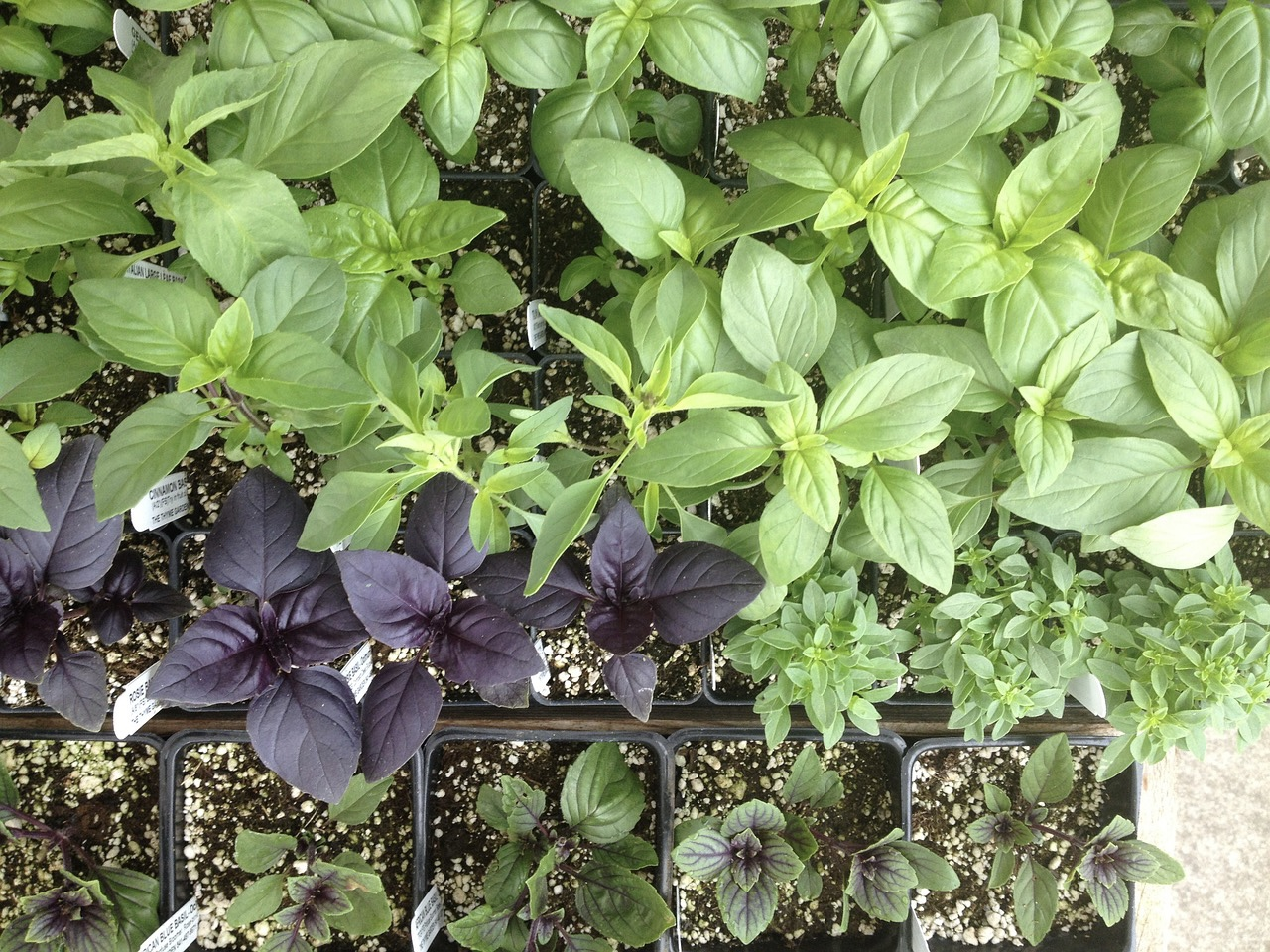
Basil Varieties & Types at a Glance
Basil offers a wide range of varieties with lots to discover. In addition to classic varieties such as 'Genovese', there are also exotic basil varieties such as 'cinnamon or lemon basil'. Here we give you an overview of 7 popular basil types and varieties.
This Article Contains:
- Popular Basil Varieties & Species at a Glance
- What Types of Basil Are There?
- Genovese Basil (Ocimum Basilicum "Genovese")
- African Shrub Basil (Ocimum x Africanum)
- Lemon Basil (Ocimum Citriodorum)
- Greek Basil (Ocimum Basilicum var. Minimum)
- Red Basil
- Thai Basil
- Mexican Cinnamon Basil (Ocimum basilicum 'Mexican')
- Are There Hardy Basil Varieties?
- Frequently Asked Questions About Basil Varieties and Types
Quick Overview
Various Basil Varieties & Species
- Genovese basil: intensely spicy flavor, tall-growing variety, not hardy, annual
- African bush basil: vanilla and camphor aroma, tall-growing, not hardy, perennial
- Lemon basil: lemon aroma, short-growing and bushy, not hardy, annual
- Greek basil: delicate aroma, bushy and dense growth, not hardy, perennial
- Thai basil: sweet taste of aniseed, not hardy
- Mexican cinnamon basil: cinnamon flavor, medium growth, annual
Hardy Basil Varieties?
- No basil variety is hardy and can cope with frost. Therefore, even perennial varieties must be brought indoors for the winter.
Popular Basil Varieties & Species at a Glance
To give you an overview of the different basil species and varieties, let's start with a botanical classification. All basil varieties are part of the Lamiaceae family and belong to the genus 'Basil' (Ocimum). Within this genus, there are around 60 basil species and even more basil varieties. There are many different varieties of the "herb of kings". The best known is the green, large-leaved "Genovese" variety, but there are also red or small-leaved varieties. Those who like special fragrances can choose lemon or cinnamon basil. These varieties, as well as the Indian Tulsi basil or Thai basil, can be dried and used in your own tea creations or as a spice.
What Types of Basil Are There?
Genovese basil is definitely one of the best-known basil varieties. Its large leaves are particularly popular for pesto. Thai basil is an important ingredient in Southeast Asian cuisine and a valued medicinal plant. It has a special aroma reminiscent of aniseed. Lemon basil complements fish dishes or fresh salads particularly well with its fresh and lemony aroma. Another very aromatic variety is the small-leaved bush basil, which is ideal for growing in pots. We will introduce you to these and other varieties in more detail below.

Want to Know More About Basil Varieties?
In our library you will find information on the individual basil varieties with cultivation periods, tips on planting and harvesting. You will also find good and bad neighbours to help you plan a mixed crop.
View Library NowGenovese Basil (Ocimum Basilicum "Genovese")
The common basil (Ocimum basilicum) is probably the most commonly used species in our latitudes. When we talk about basil, we usually mean this species. Many other varieties are subspecies of this species and are often the result of cross-breeding with it and other basil species. A particularly popular variety of this type of basil is'Genovese', which is especially popular for pesto, as it contains a lot of essential oils in its leaves.
This basil variety is characterized by its intensely spicy taste. It can be easily recognized by its bright green, relatively large and egg-shaped leaves. Under good conditions, Genovese basil grows up to 50 cm/19.7 in tall, making it a rather tall-growing variety. This variety is not hardy and only grows as an annual anyway, so it needs to be re-sown every year.

African Shrub Basil (Ocimum x Africanum)
The shrub-like plant with dark green leaves and purple veins is not only pleasing to the eye, but also has a great aroma that can be classified somewhere between vanilla and camphor. This type of basil originally comes from Africa and grows perennially in its native country. However, the plants must be kept frost-free over winter as they are not hardy.
An example of a basil variety of this type is 'African Blue' (Ocimum kilimandscharicum x basilicum). These varieties usually grow relatively tall and can reach a height of up to 80 cm/31.5 in.
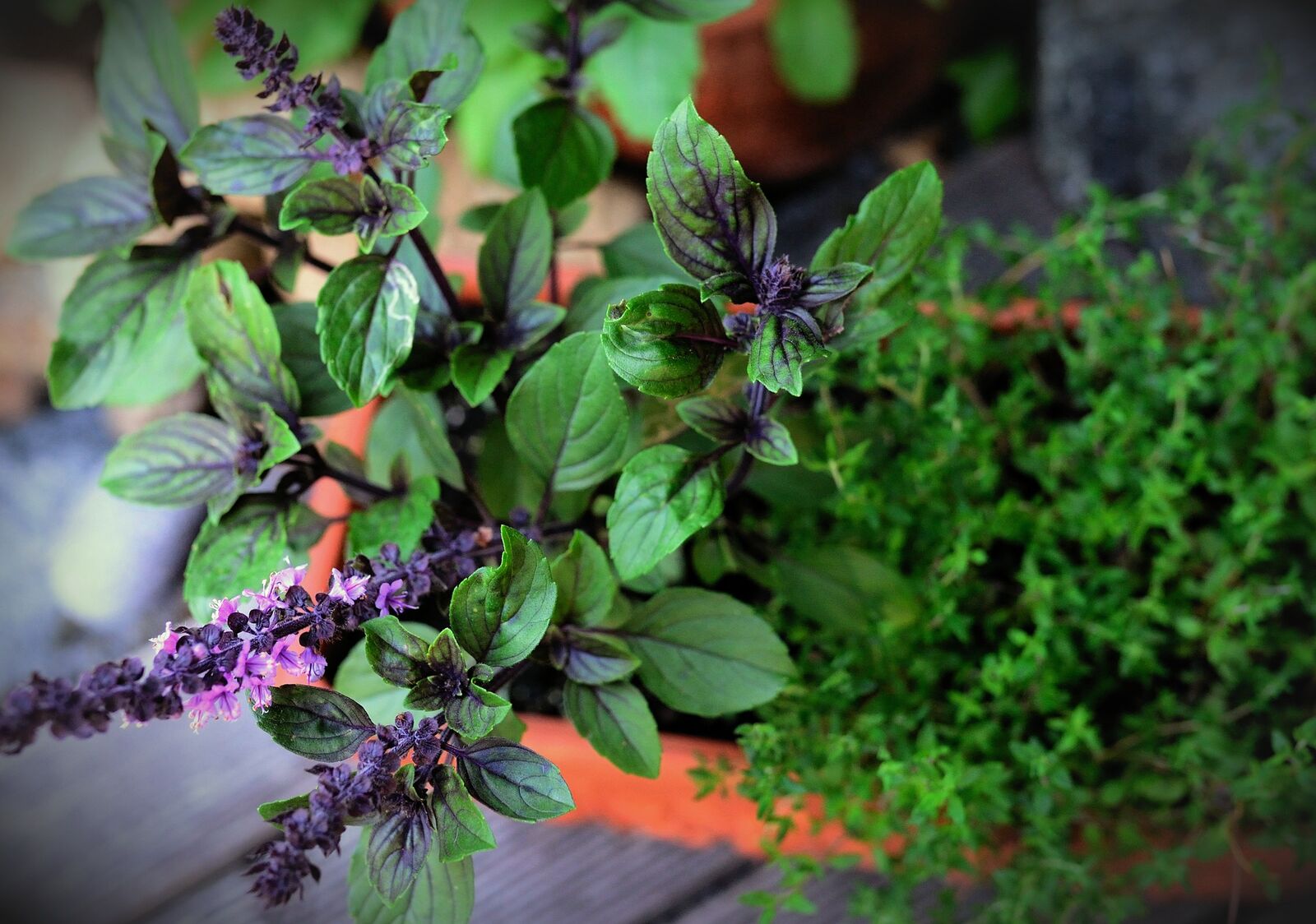
Lemon Basil (Ocimum Citriodorum)
Here, too, the name says it all. The lemony basil flavor is ideal for fish dishes, ice cream or cold drinks. It is also great in tea blends! The annual species has light purple flowers and bushy, green leaves. This type of basil tends to grow small and bushy. It usually only grows between 20 and 30 cm/7.9 and 11.8 in tall.
There are varieties that originate from wild Italian varieties and are related to mountain mint. On the other hand, there are also varieties that originate from African basil species. These varieties are very robust and are characterized by hairy leaves. Some lemon basil varieties are also derived from American varieties (Ocimum americanum), such as 'Sweet Lemon' or 'Lemonette'.
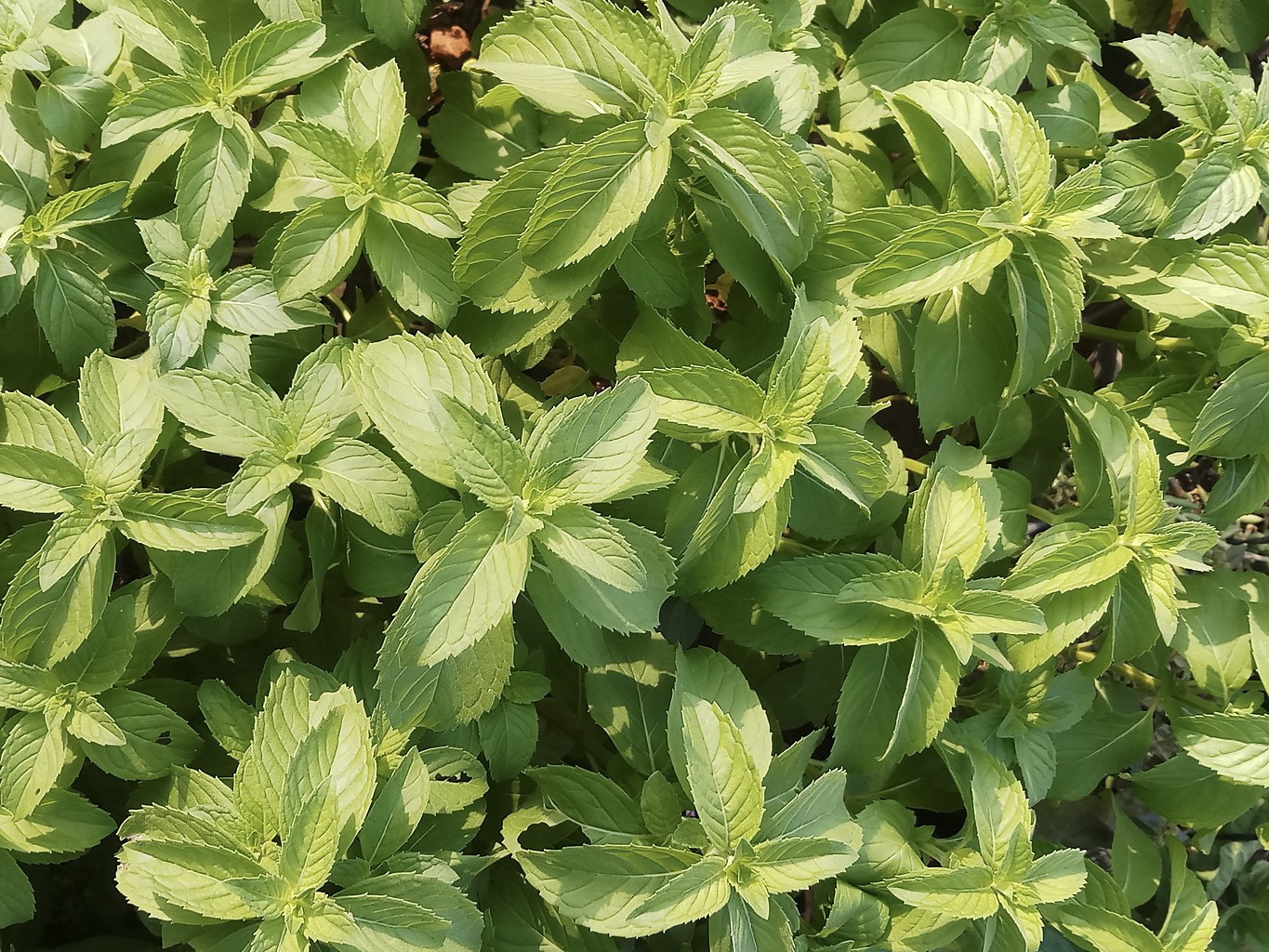
Greek Basil (Ocimum Basilicum var. Minimum)
This particularly small-leaved variety is very similar in taste to Genovese basil. However, the aroma is more delicate due to the smaller leaves. This variety grows quite bushy and dense. As a result, these basil varieties only reach heights of between 15 and 30 cm/5.9 and 11.8 in, but are generally more resistant and easier to care for than large-leaved varieties. However, these varieties are also not hardy and must be brought indoors for the winter.
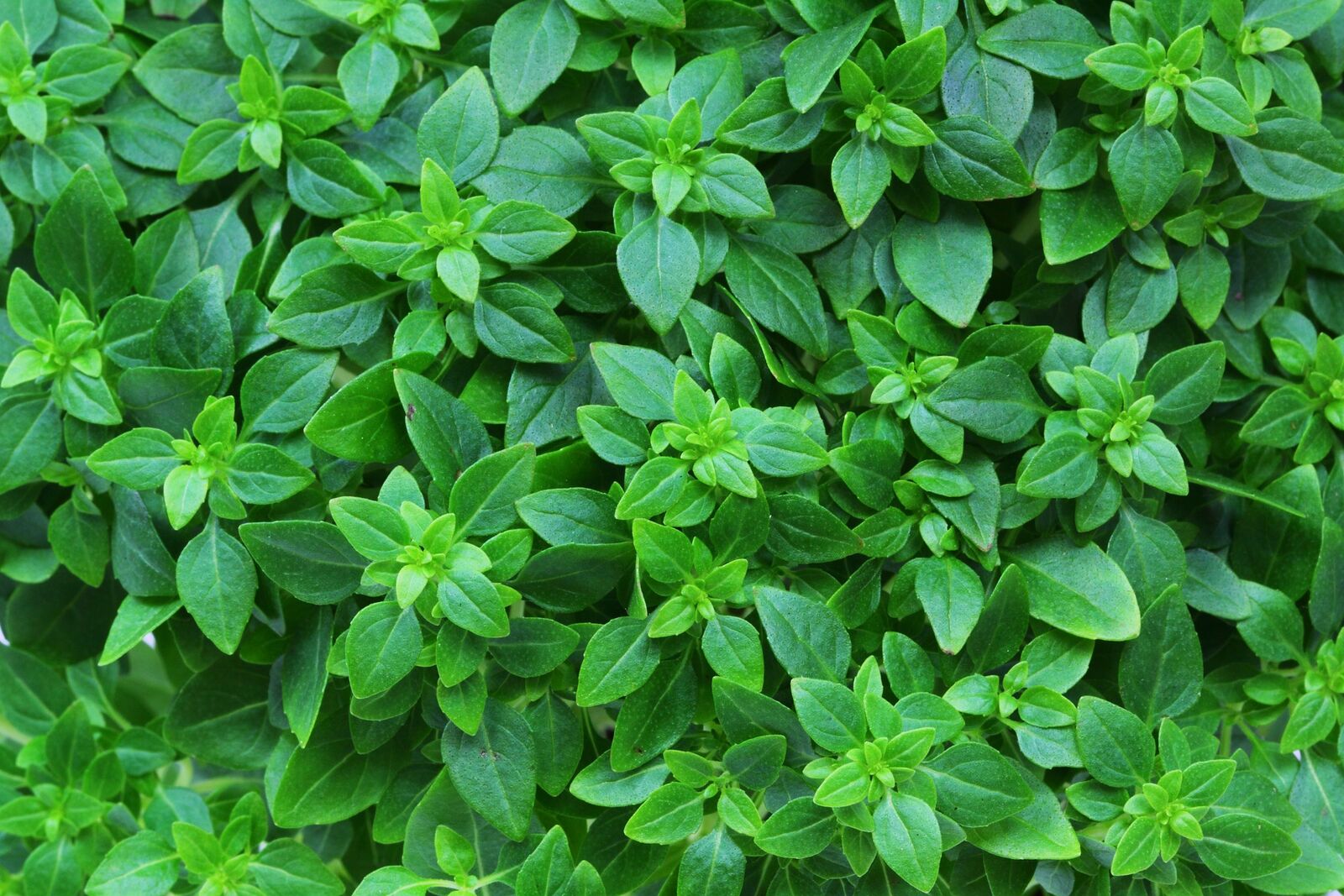
Red Basil
The dark purple color of the plant is mainly due to the anthocyanins formed. Anthocyanins generally serve to protect plants from too much sunlight. This is why the leaves turn a more intense red if you cultivate the herb in a sunny spot. This already reveals that most red-leaved varieties tend to originate from very warm, sunny areas. They are perennial in their native habitat, but in our latitudes they need to overwinter in a warm place. There are no hardy red-leaved basil varieties. In terms of cultivation and care, red varieties do not differ from green-leaved varieties.
Red basil varieties can be found in a wide variety of species and is more of a collective term that describes the leaf coloration. There are numerous red basil varieties such as 'Dark opal' or 'Purple delight'.

Thai Basil
Thai basil is not a defined plant species, but refers to a spice. This spice can contain different varieties. These basil varieties originate from Asia and the spice contains either Thai basil (Ocimum basilicum var. thyrsiflora), also known as sweet basil, or Indian basil (Ocimum tenuiflorum), also known as Tulsi basil. These species are characterized by their slightly sweet taste, which is somewhat reminiscent of liquorice or aniseed.
In India, this type of basil is a highly valued medicinal plant. In other parts of Asia, this basil is often used to refine dishes. In Thailand and Vietnam in particular, it is impossible to imagine the kitchen without this herb. The leaves are green, while the stems and flowers are purple.
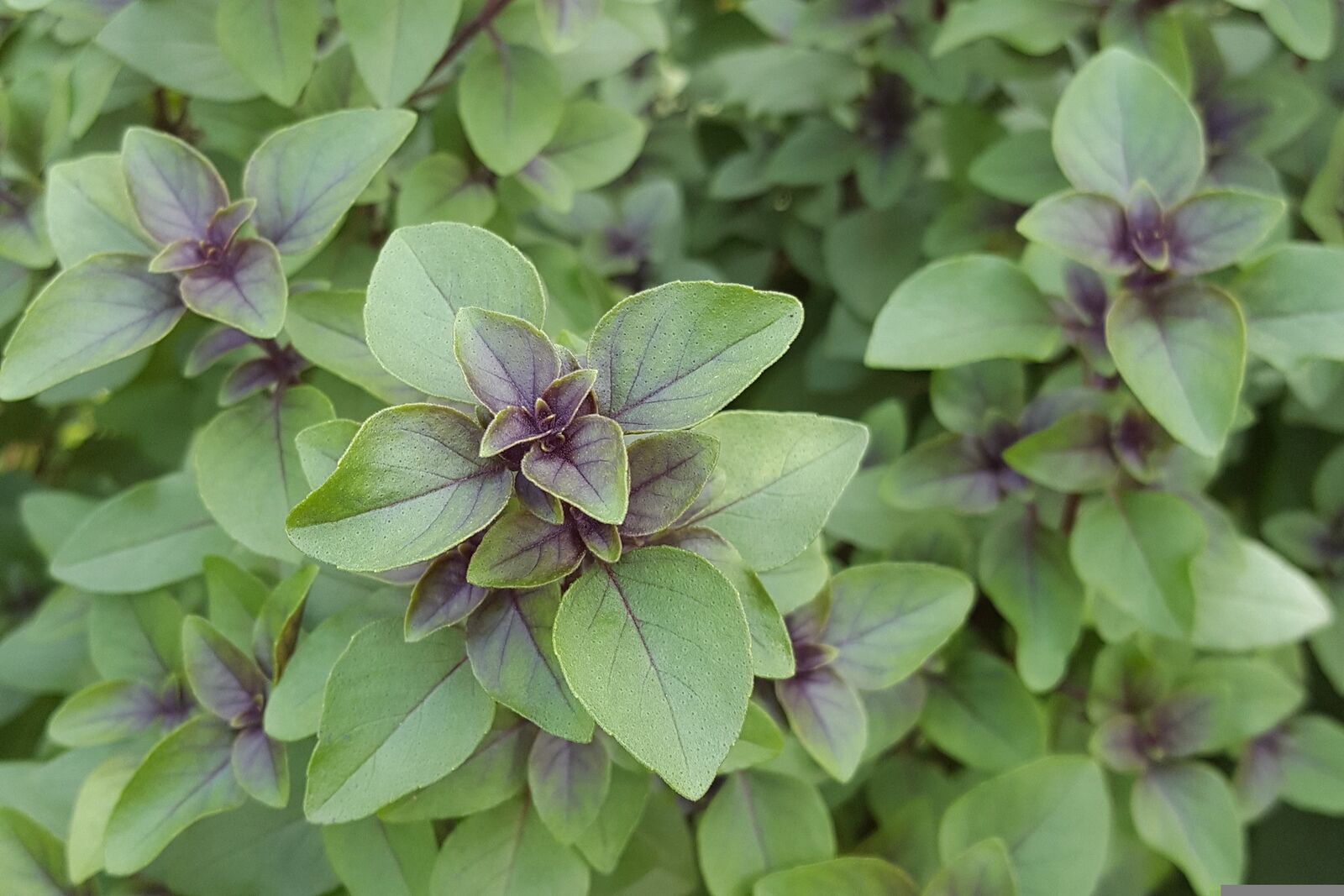
Mexican Cinnamon Basil (Ocimum basilicum 'Mexican')
As the name suggests, this type of basil smells and tastes mildly of cinnamon. The flowers and leaves are therefore ideal for desserts or dried in teas. The leaves of the annual plant are green, the stems purple and the flowers red. This herb grows to a height of between 30 and 60 cm/11.8 and 23.6 in. Originally, cinnamon basil comes from Mexico and therefore does not tolerate cold or frost.
Are There Hardy Basil Varieties?
Basil cannot cope with cold temperatures. The herb cannot survive below 7 ° C/44.6 ° F and dies. This applies to all basil varieties, so basil is never hardy. So if you have planted a perennial variety, you will need to bring the plants inside to overwinter. Alternatively, you can choose an annual variety and sow new seeds every year.
Want to get helpful gardening tips all year round and plan your own beds in the best possible way? Then register here or download the Fryd app for Android or iOS.
Fryd - your digital bed planner
Cover picture by EmilyStimac on Pixabay.

Marie
Marie is an agronomist. She is particularly interested in the sustainable and organic cultivation of vegetables and other plants. In her own garden, she gained experience and likes to try things out to learn from nature. She is particularly interested in the values and principles of permaculture, in order to contribute not only to the well-being of nature, but also to the well-being of people and future generations.
Learn MoreCurrent Topics in the Community
I'm currently planning my garden beds for this year. I would appreciate any recommendations for tomatoes that are suitable for outdoor cultivation. I'm also interested in beefsteak tomatoes that should work well outdoors. Thank you in advance!
Show 3 answers
Liked 4 times
Good morning. Please forgive me if this isn't the right place for this, but I'm looking for someone who would like to start a gardening project with me. I lack the knowledge and experience, but I have a suitable plot of land. 2000 square meters of orchard near Ingolstadt. The property is fenced in and I often took my dog there. (Dogs can run free.) What do I want? The ultimate goal is self-sufficiency. Starting small but complete... i.e., planting, harvesting, preserving. I would consider it a win-win situation if we help and support each other. So if you know anyone... Thank you very much.
Show 2 answers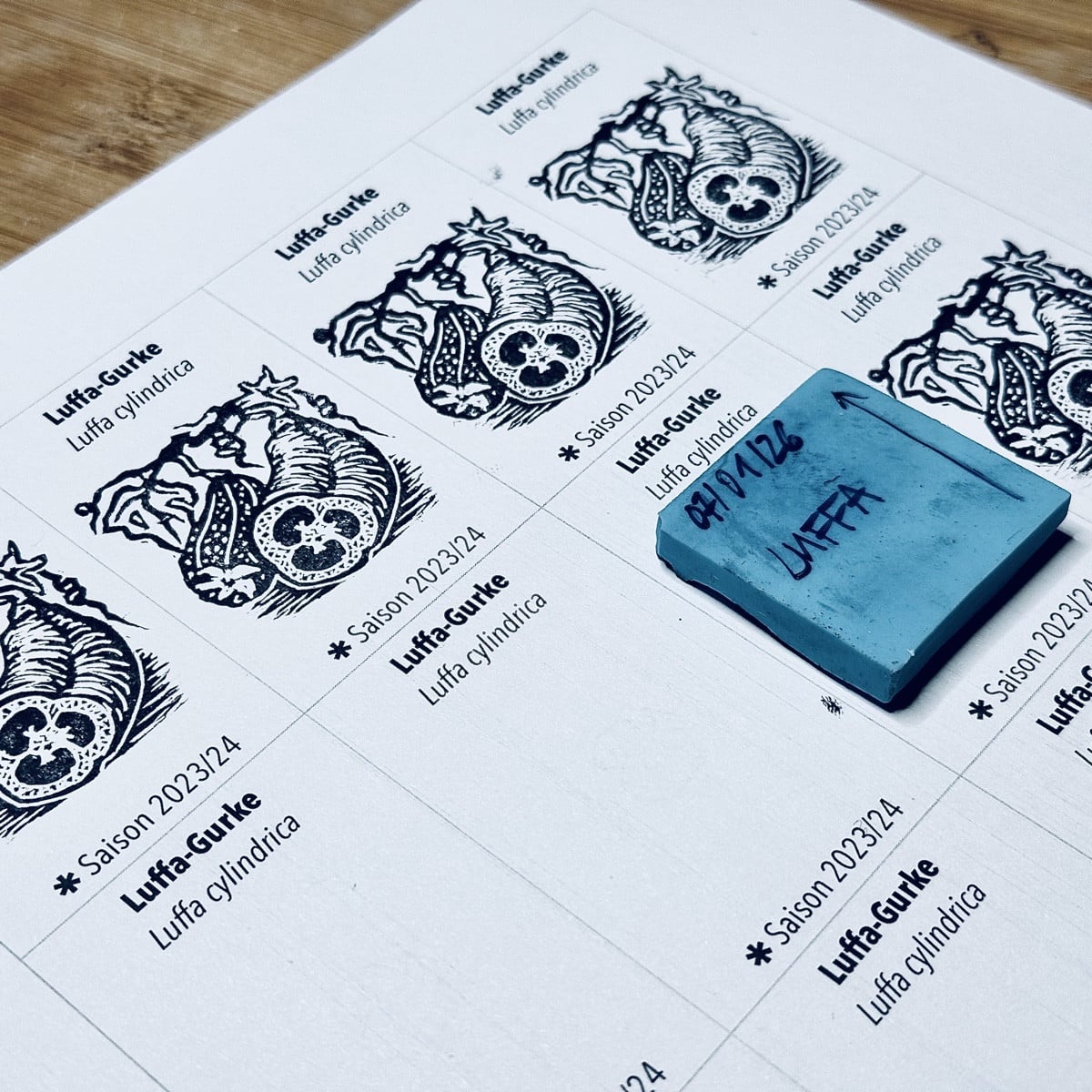
Liked 10 times
The art campaign continues! In other news, who wants to swap loofah seeds? In the most beautiful seed packets in the whole world 😁 #SwapGarden
Popular Articles

Overwintering Parsley: How to Do It Successfully

How to Grow Lettuce in Winter: Varieties, Sowing, Harvesting

Growing Sage Plant: Tips for Sowing and Harvesting

What Herbs Can Be Planted Together?

Create & Design a Permaculture Garden

Overwintering Plants: Tubs, Pots and Raised Beds

Pruning, Fertilizing & Propagating Currants: Care Tips

Pruning Raspberries: How to Do It

Vegetable Garden With Greenhouse: How to Use Greenhouse Effect

Winterizing Beds and the Garden: How to Do It
FAQ
What is so special about Genovese basil?
Genovese basil is particularly popular for making pesto as it is rich in essential oils, which gives it an intensely spicy flavor.
Can African bush basil overwinter outdoors?
No, African shrub basil is not hardy and must overwinter frost-free as it comes from warmer climates.
What distinguishes lemon basil from other varieties?
Lemon basil has a distinct lemony aroma that makes it ideal for use in teas, fish dishes and other refreshing dishes.
Are there hardy basil varieties?
No, no basil variety is hardy. Even perennial varieties must be kept frost-free to survive the winter.
What is the difference between classic basil and Thai basil?
These two types of basil differ in their taste and appearance. Classic basil is spicy-sweet, while Thai basil tastes almost spicy with an aniseed/licorice aroma.